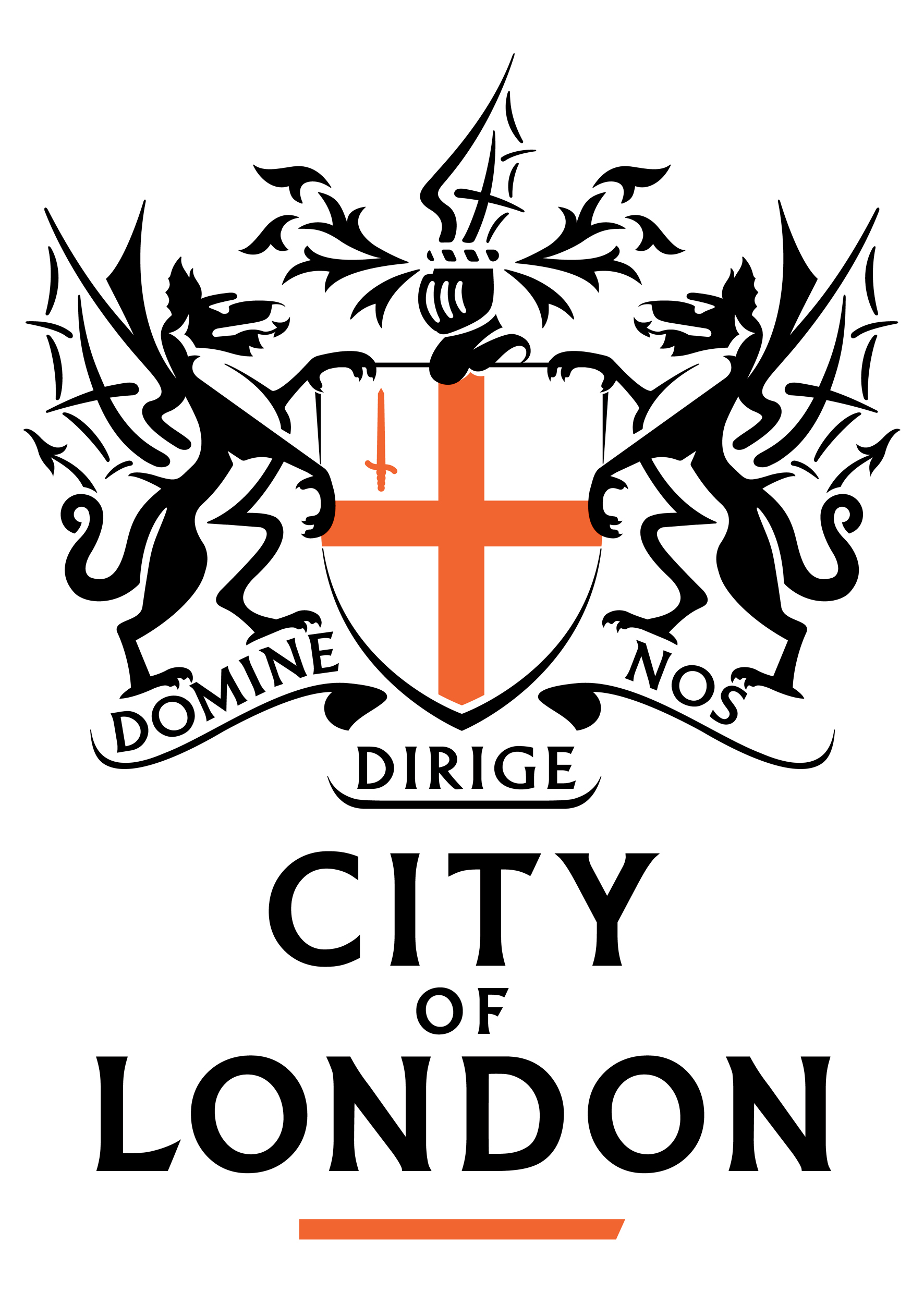
- You are here:
- Agenda item
Agenda item
Questions on matters relating to the work of the Committee
Minutes:
Two Members raised questions on matters relating to the work of the Committee:
The first question concerned a noise pollution emanating cross to the north bank from the south bank of the River Thames, and what progress made with Southwark Council. The response was that the City Corporation had been working with Southwark Officers, residents, and members to reduce the disturbance caused by Buskers playing unnecessarily noisily. There was proactive monitoring, which meant quick intervention, and mediation. However, despite success, the problem had never been removed, and regular complaints and issue still arose. Changes in staffing at Southwark Council had not aided the joint working. Officers had contacted “Better Bankside” to manage the area to see how their wardens could aid in ensuring busking was undertaken reasonably, and so that their staff are better equipped to deal with busking. This meeting would be held shortly.
Senior Southwark and City officers had been meeting to discuss and agree a way forward on these issues and a joint Home Office funded project had been underway which dealt with all types of crime and antisocial behaviour on and around London’s Bridges, including busking. Following this response, Members of the Committee urged the need for high level meetings with Southwark Council and other relevant stakeholders, such as London Councils, to address the noise pollution issues arising from buskers. It was noted that enforcement was the responsibility of Southwark Council, and the Corporation’s role was advisory.
The second question from a Member concerned an automated toilet in on Long Lane / Cloth Street, which had been closed and remained boarded up. The Member asked what the agreement was with the toilet being part of the building, and whether there was a planning condition on who operated it and bore the cost. The response was that the decision was made to temporarily close these at the start of the pandemic in 2020. Subsequently in 2021, the Committee approved the recommendation to permanently close these facilities, based on the costs to run and maintain and had very low usage. In addition, it often attracted high levels of Anti-Social Behaviour and vandalism. The facilities themselves were within the footprint of the building but a condition of the planning was for them to be used as public conveniences, however the management and cost of these was to be borne by the Corporation. The Committee had received a report highlighting the other public toilet in the City, but also identified that wayfinding to these facilities was not good enough. A report would be brought back to the Committee in 2025.
The Committee also heard that the cost to maintain those facilities would have meant other facilities would have to be close. It noted that whilst additional funding had been agreed to reinstate street cleansing resources, the identified funding source could not be used for public conveniences. However, the Corporation were investing in facilities surrounding the Barbican Centre, Golden Lane, and the London Museum, which would form part of the Community Toilet Scheme.
The Committee discussed public convenience provision and raised points such as the importance of communications of facilities available, including signage and online resources, and the need to ensure that if a toilet facility formed part of a planning provision, this should include the ongoing maintenance of that facility.